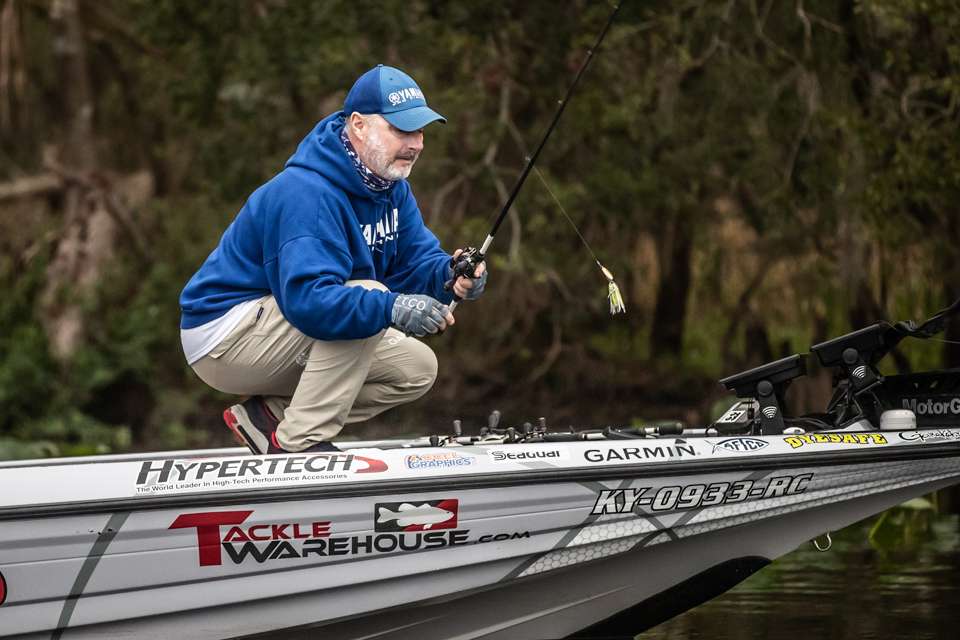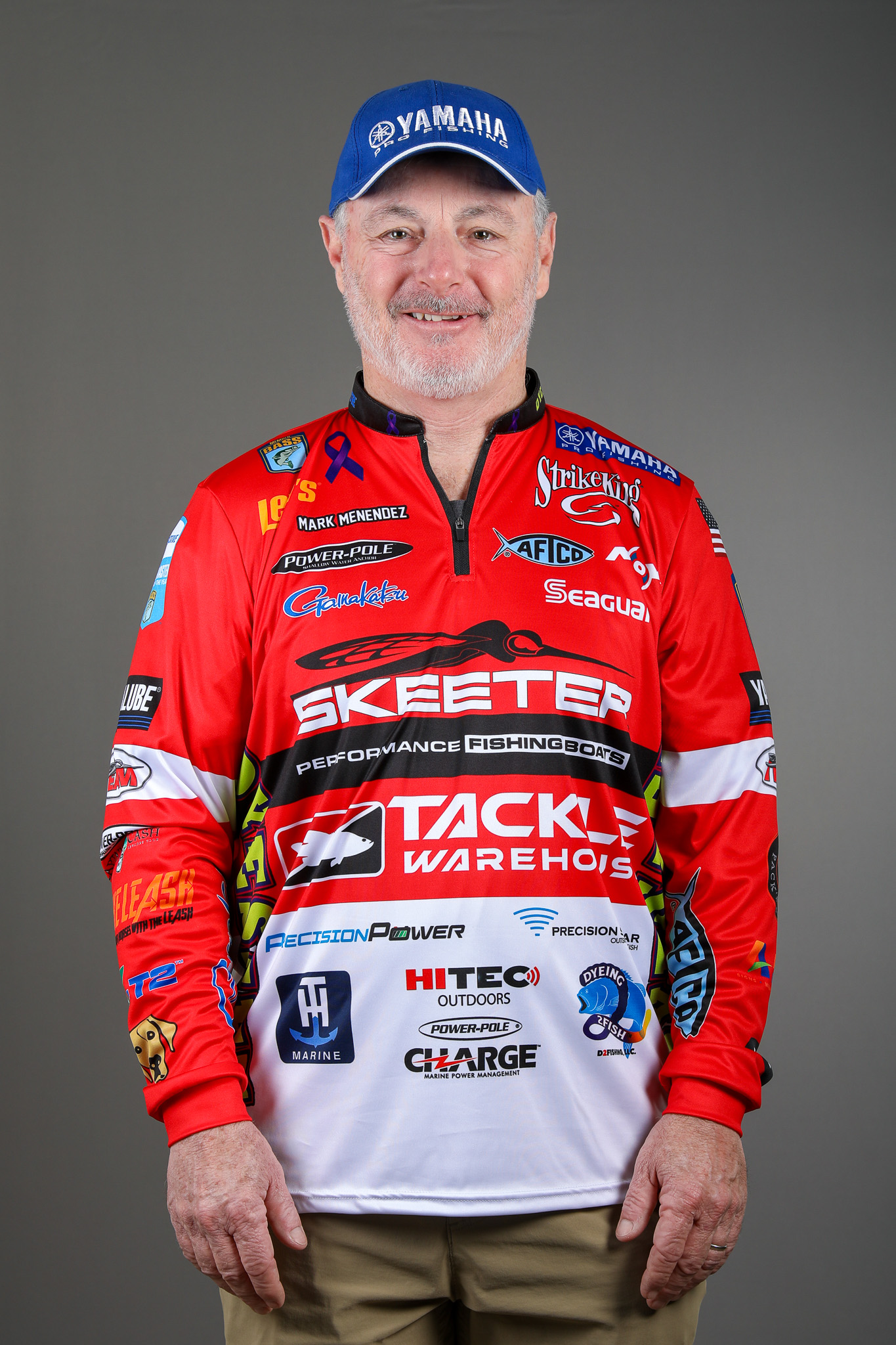
I know it’s getting closer to spring and in some areas of the country the weather is getting warmer. For example, we just left Lake Okeechobee where we saw daytime highs in the 80s. But for the most part, a lot of the country is still in late winter mode, which means many of you are dealing with cold water.
Cold water fishing is a unique situation that requires a little thought as to what you’re doing, how you’re going to prepare yourself for it and what your thought process is going to be when it comes to attacking the day.
Let’s start with preparing yourself and your clothing. Obviously, trying to stay warm is important because you can’t concentrate if you’re thinking about being uncomfortable. I’m fortunate that my feet rarely get cold, but wearing warm socks and footwear will help you stay comfortable.
I wear my regular clothes with an AFTCO Pufferfish jacket as my top layer, and then I wear my AFTCO Hydronaut suit which seems to keep me warm enough on the majority of my days on the water. I’ll put on a Solido 2 Sun Mask on my face and then wear a pair of AFTCO Solago gloves to round out my warmth layers.
But I don’t stop there when it comes to safety. I try to go fishing with someone else, and if I can’t, I let my family know what area of the lake I’m going to be in just in case I go swimming unintentionally. On top of that, I always carry an extra set of clothes in the wintertime. That way if I do get wet, I can put on a whole new set of warm and dry clothes.
Onto the fishing — cold water is relative to your area. Cold to one area could be in the forties, but could it be more or less. It all depends on where you live.
What I do know is that bass can be predictable no matter where they live, and they have tendencies. Those tendencies tell me that there will be little periods when we are more likely to get bites than other times during the day.
The first time that I usually see some good bites is first thing when the sun comes up. I think bass struggle to feed at night, and when the light hits the water, they can see better. It makes them a little more susceptible to being caught. The next one is midday somewhere between noon and two o’clock after the sun’s been on the water all morning. Finally, the last hour of the evening again, almost like they are preparing for a long night. Those are the times that I need to be on top of my game, when I’m most likely to catch the biggest fish of the day.
My favorite techniques for cold weather involve a jerkbait, spinnerbait, and a big jig. I prefer a Strike King KVD 300 Deep jerkbait, and my favorite color is Summer Sexy Shad this time of year. I will always have a 1/2-ounce Hack Attack Spinnerbait tied on, but I will change out the main blade to a larger size. And finally, a 1/2-ounce Hack Attack jig, I leave the skirt full and pair it with a full Strike King Rodent as a trailer. The reason for this jig combo is I want a lot of presence without too much action.
I’m going to fish all of these slowly in order to match the mood of the environment. My primary objective with the jerkbait is to use softer twitches and to try to figure out how long to pause in between. Don’t be surprised if it’s as much as a fifteen second pause between each twitch of the rod tip. I will slow roll the spinnerbait to keep a good presence in the water without making the bass have to chase too much. The same goes for the jig, slow dragging movement should draw more strikes.
A couple of final tips that should help you. I like to use Fluorocarbon line, like Seaguar Invizx, because it helps me feel everything the lure is doing and quickly transmits subtle bites. One final tip — especially with the jerkbait — is to use really sticky hooks. Super sharp hooks like size 4 round bend Gamakatsu trebles will help you land fish when bites are subtle. Also make sure to sharpen your spinnerbait and jig hooks so that they penetrate effectively.
Wintertime fishing may not be the most comfortable for us, but with a little preparation it can be the best time to catch the biggest bass of the year. In my experience, you don’t need to wait until spring to have success on the water.





